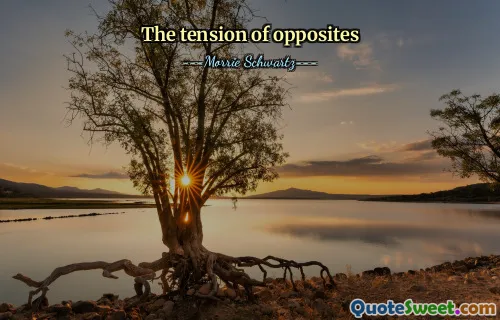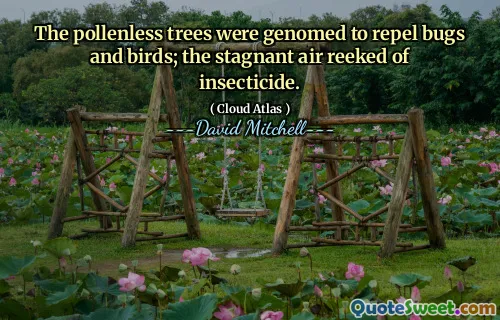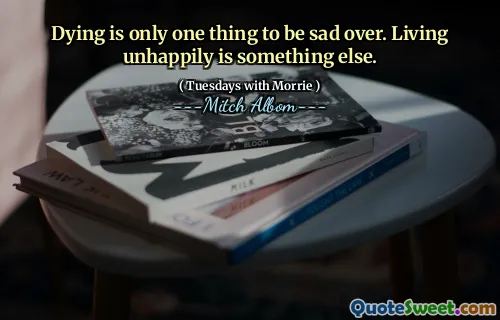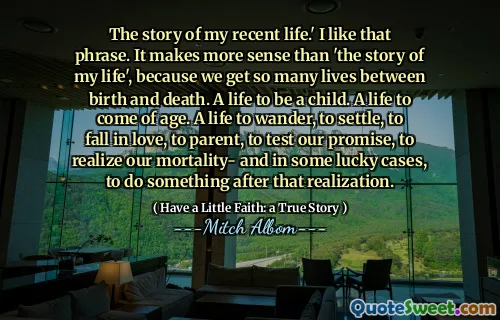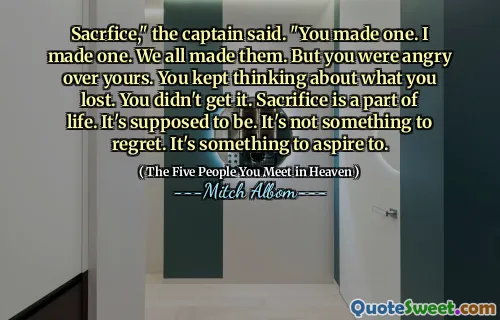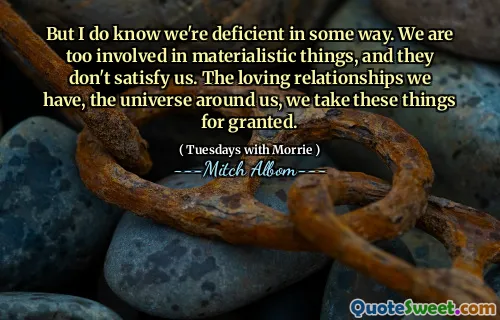
Discomfort levels in our societies are rising, or so it would seem. In theory, we invoke diversity and tolerance. But in real life, we raise our hackles and withdraw into ourselves.
The quote highlights a striking disconnect between the ideals and realities of societal cohesion. In many communities, there is an aspirational belief in diversity and tolerance; a recognition that our differences should be embraced to foster richer, more vibrant societies. However, the tension arises in actual social interactions where discomfort, fear, and prejudice often inhibit genuine acceptance. When faced with unfamiliar customs, beliefs, or appearances, individuals tend to instinctively defend their own boundaries, sometimes reacting defensively rather than openly. This behavior underscores the challenge of transforming inclusive ideals into everyday practice. The discomfort felt is human and natural, stemming from uncertainty and unfamiliarity, but it also points to a need for ongoing education and empathy-building. It’s not enough to merely endorse tolerance in principle—true societal progress requires cultivating environments where discomfort is managed constructively and diversity is genuinely appreciated. Recognizing this gap between theory and practice can be unsettling, but it also presents an opportunity for growth. Societies that acknowledge these tensions and actively work to reduce fear-based reactions are more likely to evolve into truly inclusive spaces. Ultimately, the quote reminds us that tolerance is a continual process, one that demands conscious effort, understanding, and the willingness to step outside our comfort zones to foster genuine connection and acceptance.



